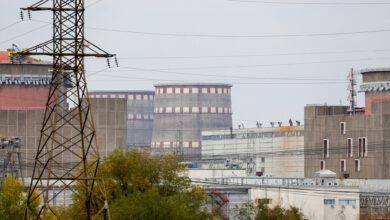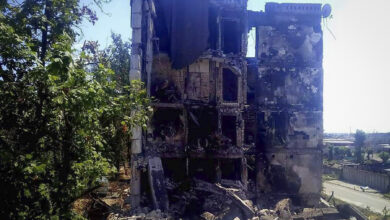
Estonia was hit by extensive cyberattacks on Wednesday, Luukas Ilves, the country’s chief information officer and undersecretary for digital transformation, revealed on Thursday.
According to Estonian Public Broadcasting (ERR), the Russian-backed hacker group Killnet has claimed responsibility for the attacks, which targeted both public and private institutions.
They came a day after a Soviet tank statue was removed in the Eastern border city of Narva, and a day ahead of the suspension of Russian tourist visas on August 18.
“The attacks were ineffective … With some brief and minor exceptions, websites remained fully available throughout the day. The attack has gone largely unnoticed in Estonia,” Ilves said on Facebook. “As Gov’t CIO, I slept well.”
According to the Estonian Information Services Department’s incident handling department, there were 12 attacks against various state institutions or websites, and four attacks directed at private sector organizations in the past 24 hours.
Nine of the attacks had no effect, while seven caused short service delays, state media reported.
According to Ilves, these are the most extensive attacks to hit the country since 2007, when Estonia became the first nation to be targeted by wide-ranging cyberattacks following the removal of a statue of a Soviet soldier.
Estonia believes that the 2007 attacks were backed by the Russian state. The attacks lasted 22 days and targeted various government websites and local media outlets.
On Wednesday, after weeks of deliberation and controversy, the Estonian government removed the Soviet T-34 tank statue from the Eastern border city of Narva.
The tank monument was erected in 1970 to commemorate the Russian “liberation” of the city from the Nazis during World War Two.




